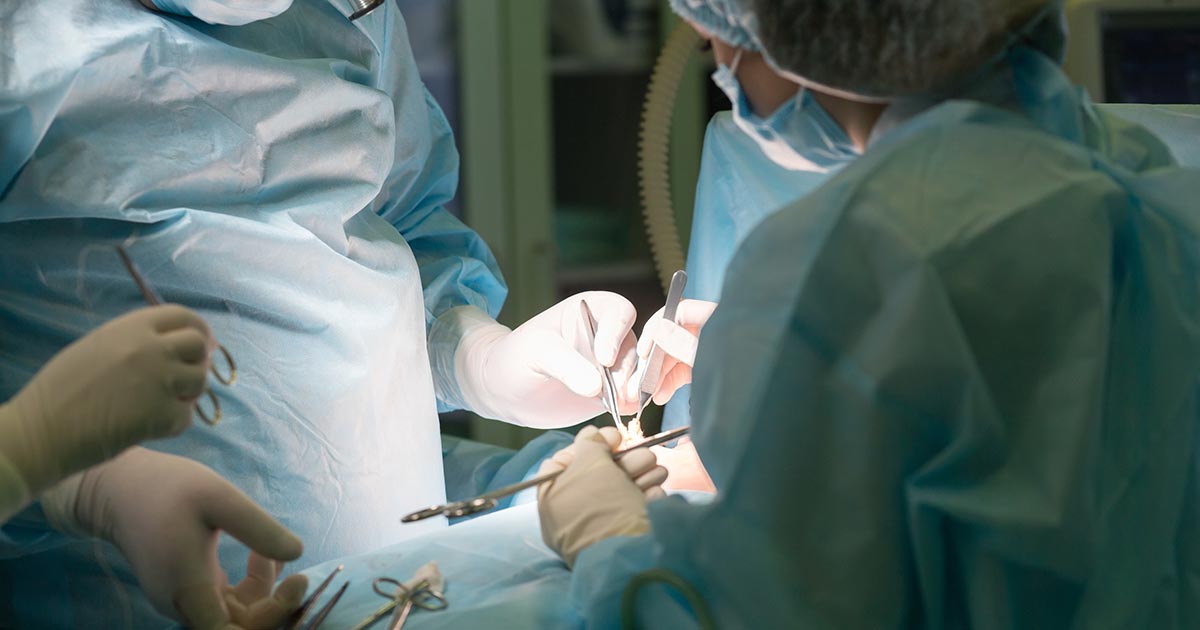Treatment Options For Glioblastoma
Among all primary malignant brain tumors affecting the central nervous system and brain, glioblastoma is the most common, accounting for sixteen percent of cases. Glioblastoma is an aggressive form of cancer that develops from astrocytes, a type of cell that lends support to nerve cells. Older adults most often develop this cancer, but individuals of all ages can experience it. When this cancer is present, it may cause worsening nausea, seizures, headaches and vomiting. It is often not possible to cure this cancer and treating it may be difficult. However, patients do have options that may help alleviate the symptoms to promote comfort and slow the progression. Doctors may prescribe more than one treatment to best target glioblastoma. Look into common treatment options now.
Radiation Therapy

Radiation therapy is among the most frequently used treatment options for glioblastoma. This therapy kills cancer cells through the use of protons or X-rays. For many patients, this treatment is used following surgery to either fully remove or debulk the tumor. Doctors may recommend external beam radiation, meaning the patient lies on a table and targeted beams are focused on the tumor’s location. This therapy is typically given five days a week for ten to thirty treatment sessions.
Radiation is typically considered to prolong survival rates and improve the outcome for patients compared to surgery alone. Doctors may also recommend radiosurgery if the patient’s glioblastoma is recurring. This allows them to focus radiation on the tumor more precisely, so the healthy surrounding tissues do not receive as much radiation. This is not often used for initial glioblastoma treatment.
Craniotomy

To access the tumor, surgeons have to first perform a craniotomy. During this surgery, the surgeon removes a portion of the skull bone so they can see the patient's brain. The removed section is referred to as the bone flap. After the surgery, the flap is put back into place and secured. In some cases, the surgeon might use CT scanning or an MRI to guide them through the procedure. This is especially important when they need to get to a particular part of the brain to provide treatment.
To use imaging with this procedure, the surgeon uses either markers placed superficially on the scalp or a frame. The combination of surgery with imaging might be used to get a biopsy to assess the tumor or to differentiate between healthy tissue and the tumor. Surgeons will also do this surgery as part of a tumor debulking or removal surgery. There are different craniotomy types, and the best one ultimately depends on tumor location.
